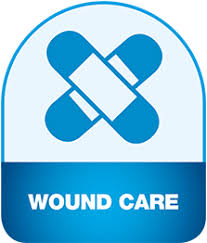
Steven Jeffery
Queen Elizabeth Hospital
Title: Two years with MolecuLight i: X – two years of better patient outcomes
Biography
Biography: Steven Jeffery
Abstract
Statement of the Problem: Damage to skin and soft tissue allows opportunistic pathogens to complicate and impede the normal course of wound healing and skin repair1. The diagnosis of microbial infection in a wound, based on common clinical signs and symptoms is difficult, as there is no gold standard to predict bacterial activity in tissue and bacteria are invisible to the unaided eye. Furthermore, application of gold standard therapies such as debridement to remove bacterial load and selection of appropriate dressing to minimize further burden are currently sub-optimal. Fluorescence imaging has recently been used to visualize clinically significant levels of pathogenic bacteria in real-time at the bedside using a non-contact hand held device.
Methodology & Theoretical Orientation: Over the course of two years we have assessed the effectiveness of this device in the detection and management of bacterial load in patients with resulting from military combat, traumatic burns, and amputations.
Findings: 1 - Bacteria is heterogeneously distributed across a wound, leading to suboptimal swabbing according to clinical signs and symptoms. 2 - Early diagnosis of high bacterial burden allows for appropriate treatment to begin immediately.
3 - Most wounds do not contain large numbers of bacteria, meaning that antimicrobial dressings are being over used.
Conclusion & Significance: Bacterial fluorescence imaging informs clinical decisions with immediate information on bacterial presence or absence, identification of the type of bacteria to be treated (specific detection of P. aeruginosa), visualizing the location of bacterial presence for more accurate swabbing, targeting areas for debridement and re-debridement, antimicrobial and antibiotic decision making, and monitoring of treatment effectiveness. This tool has significant implications for improving overall wound healing, as early detection and intervention of bacterial presence could prevent bacterial levels from reaching critical colonization, infection, and sepsis.

